The art of crafting a comforting bowl of chicken soup spans cultures, generations, and kitchens worldwide. Yet, beneath its seemingly simple exterior lies a labyrinth of culinary debates. One of the most persistent questions among home cooks and seasoned chefs alike is: Should you blanch chicken before simmering it into soup? This query, though seemingly straightforward, opens a Pandora’s box of discussions about flavor, texture, nutrition, and tradition. This article delves into the science, cultural practices, and practical considerations surrounding this age-old culinary dilemma. By examining the pros and cons of blanching, exploring alternative methods, and consulting expert opinions, we aim to equip readers with the knowledge to decide whether this step enhances their soup or strips it of its soul.
The Case for Blanching: Clarity, Cleanliness, and Control
Blanching—the process of briefly boiling ingredients before cooking—is a technique as old as time. When applied to chicken, its advocates argue that it serves three primary purposes: removing impurities, reducing fat, and ensuring a clearer broth.
Eliminating Impurities and Off-Flavors
Raw chicken, especially store-bought varieties, often contains traces of blood, residual feathers, or surface contaminants. Blanching advocates claim that submerging the bird in boiling water for 2–3 minutes causes these impurities to coagulate and rise to the surface, forming a scum that can be skimmed off. This step, they argue, results in a cleaner-tasting broth free from metallic or gamey undertones.
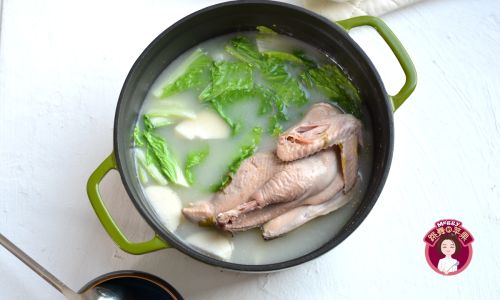
Managing Fat Content
Chicken skin and fat can render excess grease into the broth, leaving an oily film that some find unappetizing. Blanching partially cooks the fat, allowing it to solidify and float, making it easier to remove before the soup’s main simmer. This is particularly advantageous for those seeking a lighter, less cloying broth.
Achieving Visual Appeal
A hallmark of professional-grade soup is its crystalline clarity. Blanching helps denature proteins that would otherwise cloud the liquid during prolonged cooking. For dishes like Chinese double-boiled soup or French consommé, this step is non-negotiable.
The Case Against Blanching: Flavor, Nutrition, and Wasted Potential
Critics of blanching counter that the practice sacrifices depth of flavor and nutritional value for the sake of aesthetics. Their arguments hinge on several key points:
Flavor Degradation
The Maillard reaction—the chemical process responsible for browning and complex flavors—occurs at temperatures above 285°F (140°C). Blanching, which typically happens at 212°F (100°C), halts this reaction prematurely. By removing the chicken before it caramelizes, cooks miss out on the umami-rich compounds that develop during dry-heat cooking.
Nutrient Loss
Water-soluble vitamins like B6 and minerals such as potassium can leach into the blanching water, which is often discarded. While the nutritional impact is minimal in a balanced diet, purists argue that every bit counts.
Textural Compromises
Over-blanching can render chicken meat dry and stringy, particularly in lean cuts like breasts. This texture contrasts sharply with the tender, falling-off-the-bone consistency achieved through slow simmering.
Cultural Perspectives: A World of Techniques
The blanching debate is not merely culinary—it’s cultural. Different cuisines have evolved distinct approaches to chicken soup, reflecting local ingredients, historical practices, and philosophical beliefs about food.
East Asian Traditions
In Chinese households, blanching (焯水/chao shui) is almost mandatory for soups. The goal is twofold: to purify the broth and align with traditional Chinese medicine principles, which associate cloudy broths with “dampness” in the body. Similarly, Korean samgyetang (ginseng chicken soup) often involves a quick parboil to rid the bird of excess fat before stuffing it with sticky rice and herbs.
Western Approaches
European and American recipes rarely mention blanching. Instead, they emphasize building flavor through roasting or sautéing aromatic vegetables (onions, carrots, celery) before adding raw chicken and water. This method, known as the “mirepoix technique,” relies on caramelization to deepen the broth’s complexity.
Middle Eastern and African Practices
In Moroccan harira or Nigerian pepper soup, whole chickens are often simmered directly in spiced water, with cooks skimming foam periodically. This hands-on approach allows for real-time adjustments, ensuring the broth remains pristine without pre-blanching.
The Science of Broth-Making: What Really Happens?
To resolve the blanching debate, it’s essential to understand the chemistry of soup-making. Chicken broth derives its flavor from three sources:
- Proteins: Collagen from bones and connective tissues breaks down into gelatin, imparting body and richness.
- Fats: Dissolved fat molecules carry fat-soluble flavors and aromas.
- Aromatics: Onions, garlic, herbs, and spices contribute volatile compounds that evaporate and recondense in the broth.
Blanching affects these elements differently:
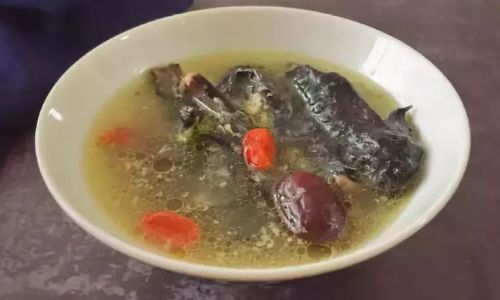
- Proteins: Quick blanching may denature surface proteins, reducing scum but not significantly impacting gelatin release.
- Fats: Partial cooking solidifies surface fat, aiding removal but potentially stripping away flavor carriers.
- Aromatics: Blanching alone doesn’t affect herbs or spices, which are typically added later.
Studies in culinary science suggest that while blanching improves clarity, it does little to enhance flavor compared to alternative methods like roasting or sautéing.
Compromise Solutions: Best of Both Worlds
For those torn between tradition and innovation, several hybrid techniques offer middle ground:
The “Rinse and Repeat” Method
After blanching, rinse the chicken under cold water to halt cooking, then return it to the pot with fresh water. This minimizes flavor loss while still removing impurities.
Partial Roasting
Roast chicken parts at 375°F (190°C) until lightly browned, then simmer in water. This method marries Maillard complexity with broth clarity.
Skimming During Simmering
Instead of blanching, simmer the soup gently and skim off foam as it rises. This requires patience but preserves flavor.
Expert Opinions: What the Pros Do
We surveyed chefs, nutritionists, and home cooks to gauge consensus:
- Chef Thomas Keller (The French Laundry): “I never blanch. The depth from roasting bones and vegetables is irreplaceable.”
- Dr. Jane Clarke (Nutritionist): “Blanching reduces thiamine by 20%, but the loss is negligible in a balanced meal.”
- Grandma Li (Beijing): “Of course we blanch! How else will the bad spirits leave the meat?”
Practical Guide: How to Blanch (or Not) Like a Pro
If Blanching:
- Place chicken in a large pot of cold water.
- Bring to a rolling boil for 2–3 minutes.
- Drain, rinse, and pat dry.
- Proceed with fresh water and aromatics.
If Not Blanching:
- Sear chicken skin-side down in a hot pan until golden.
- Simmer gently, skimming foam every 15 minutes.
- Add vegetables 30 minutes before serving.
The Verdict: It Depends on Your Goals
Ultimately, the decision to blanch hinges on priorities:
- Blanch if: You prioritize clarity, low fat, or cultural tradition.
- Skip if: You crave depth, nutrition, or time efficiency.
Conclusion: A Soup for Every Palate
The blanching debate underscores a universal truth: there’s no single “right” way to cook. Chicken soup, at its core, is a canvas for personal expression. Whether you blanch, roast, or simmer raw, the dish’s power to nourish, comfort, and connect remains undiminished. So the next time you reach for a pot, remember—the best soup is the one that satisfies your soul, scum and all.
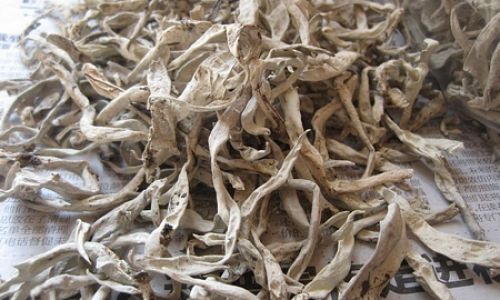
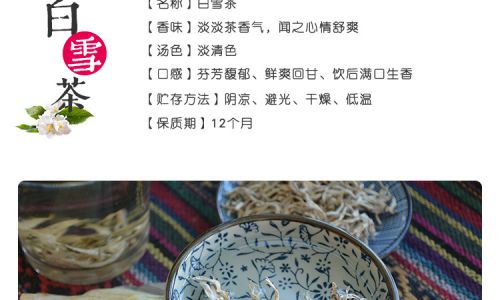
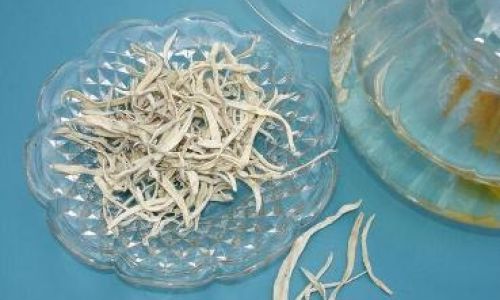
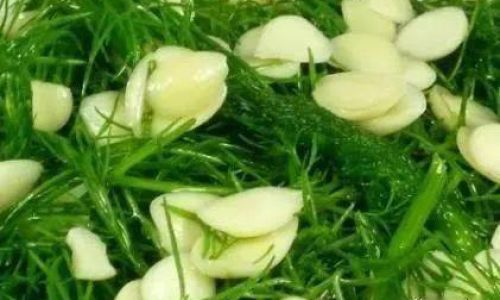
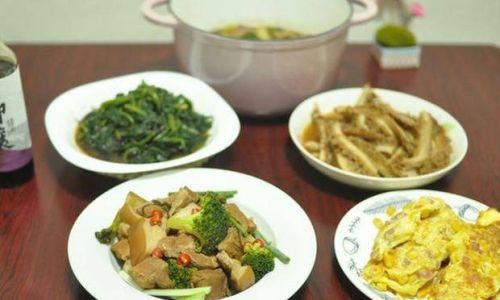
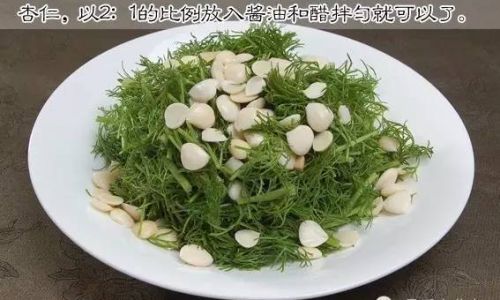
0 comments